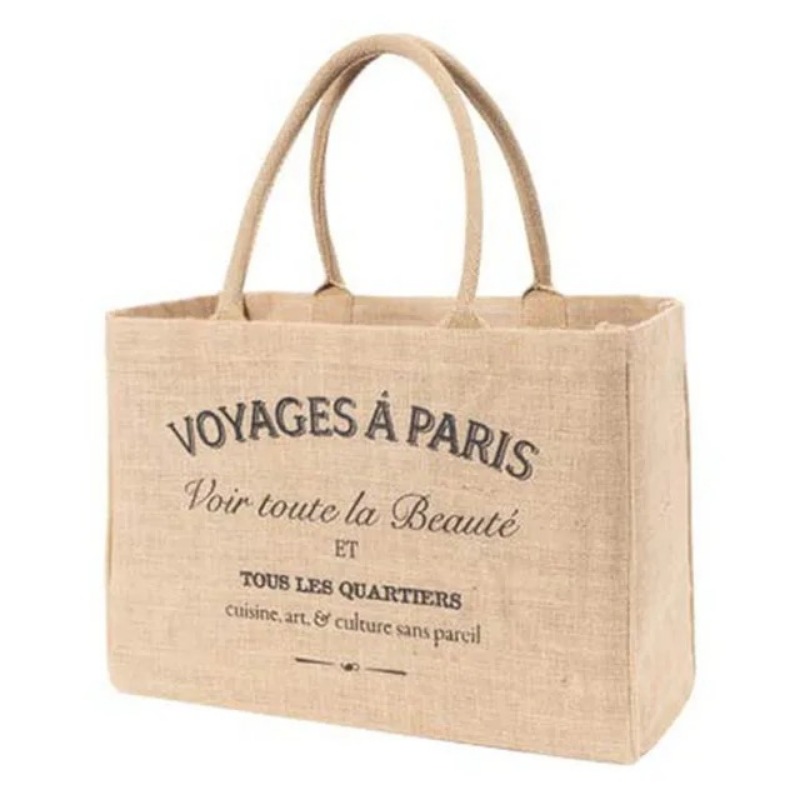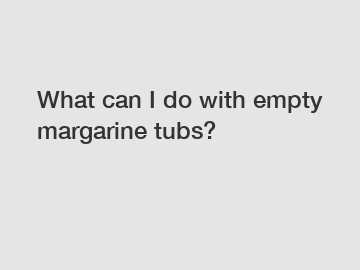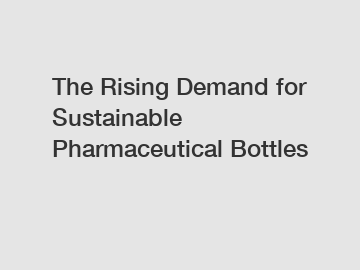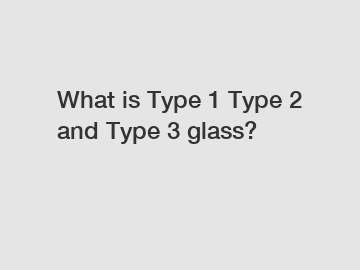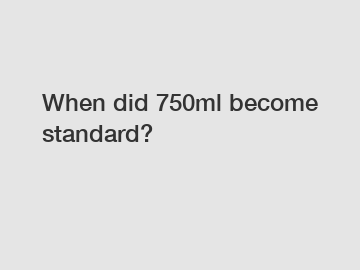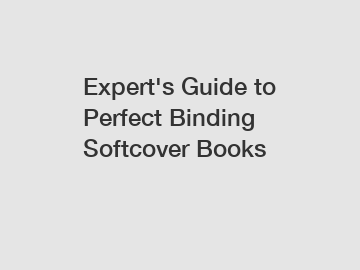What Is the Difference Between EPS and EPE Foam?
When it comes to foam packaging materials, there are various options available, each with its own set of characteristics and applications. Two commonly used types are EPS (Expanded Polystyrene) foam and EPE (Expanded Polyethylene) foam. While both are used for packaging and cushioning purposes, they have notable differences that set them apart. Understanding these differences can help you make an informed decision about which foam material to choose for your specific needs.
Density and Composition
EPS foam, also known as styrofoam, is a rigid and lightweight material made from expanded polystyrene beads. It is known for its excellent insulation properties and resilience. On the other hand, EPE foam is a flexible and durable material made from expanded polyethylene resin. It is often used as a protective packaging material due to its shock-absorbing capabilities.
Structural Differences
While EPS foam is rigid and retains its shape after compression, EPE foam is highly flexible and able to quickly regain its shape even after significant deformations. This makes EPE foam suitable for applications where repeated impact or compression is expected, such as in the case of packaging fragile and delicate items.
Advantages of EPE foam
EPE foam offers several advantages over other foam materials, making it a popular choice in various industries. Here are some notable advantages:
Lightweight: EPE foam is extremely lightweight, making it cost-effective when it comes to shipping and transportation.
Shock Absorption: This foam material is highly effective in absorbing shocks and impacts, providing excellent protection to delicate items during transit.
Water and Chemical Resistance: EPE foam is resistant to water and a wide range of chemicals, ensuring that the packaged items remain safe and unaffected.
Thermal Insulation: With its low thermal conductivity, EPE foam offers good insulation properties, keeping the packaged contents at a stable temperature.
Easy Customization: EPE foam can be easily cut, shaped, and molded to fit specific product requirements, providing a tailored packaging solution.
Related links:The Types of Self-Adhesive Graphic Film
What are the packaging materials for tea?
What Is PBAT Plastic Used for?
What is co-extruded film in food packaging?
The Difference Between Natural Casing and Artificial Casing
What is anti-static film?
What Is A Dropper Bottle Called?
Applications of EPE Foam
Due to its versatile nature and beneficial properties, EPE foam finds applications in a variety of industries. Some common uses include:
Protective packaging for electronics, glassware, and fragile items during shipping and storage.
Insulation for HVAC systems, pipes, and construction applications.
Padding and cushioning material for sports equipment, helmets, and automotive components.
Soundproofing solutions in theaters, recording studios, and noise-sensitive environments.
Medical packaging for sensitive medical devices and equipment.
While EPS foam also has its own set of advantages, such as excellent thermal insulation and moisture resistance, it may not provide the same level of impact protection as EPE foam. Therefore, it is crucial to assess your specific packaging requirements before deciding which foam material to opt for.
In conclusion, EPS and EPE foam are two distinct foam materials used for packaging and cushioning purposes. While EPS foam offers excellent insulation properties, EPE foam excels in shock absorption and flexibility. Understanding the differences between the two can help you choose the right foam material to protect your valuable items during transit or storage.
Are you interested in learning more about EPS and EPE foam? Contact us today to secure an expert consultation!
Choosing the Perfect Perfume Bottle: Your Scent's Stylish Companion?
What Makes Wet Strength Paper So Essential?
What Are the Benefits of Nylon Cable Ties?
What are the advantages of using high speed dye sublimation paper?
What Is a Paperback Book?
Which Innovative Techniques Enhance Low GSM Sublimation Paper Results?
Power Up with Power Battery PET Insulation Wrapping Film







